Kansas City, Kansas isn’t as old as some of the other large Midwest cities. That doesn’t mean it doesn’t have just as colorful a history as the others. A recent visit to the Huron Indian Cemetery, on 7th Street just north of Ann Avenue, reminded us just how unique our beginnings were. The name Huron was a derogatory nickname bestowed on the Wyandot Indian tribe by the French, in reference to the headpieces worn by tribe members. The grounds were listed on the National Register of Historic Places in 1971. The cemetery has been officially renamed Wyandot National Burying Ground.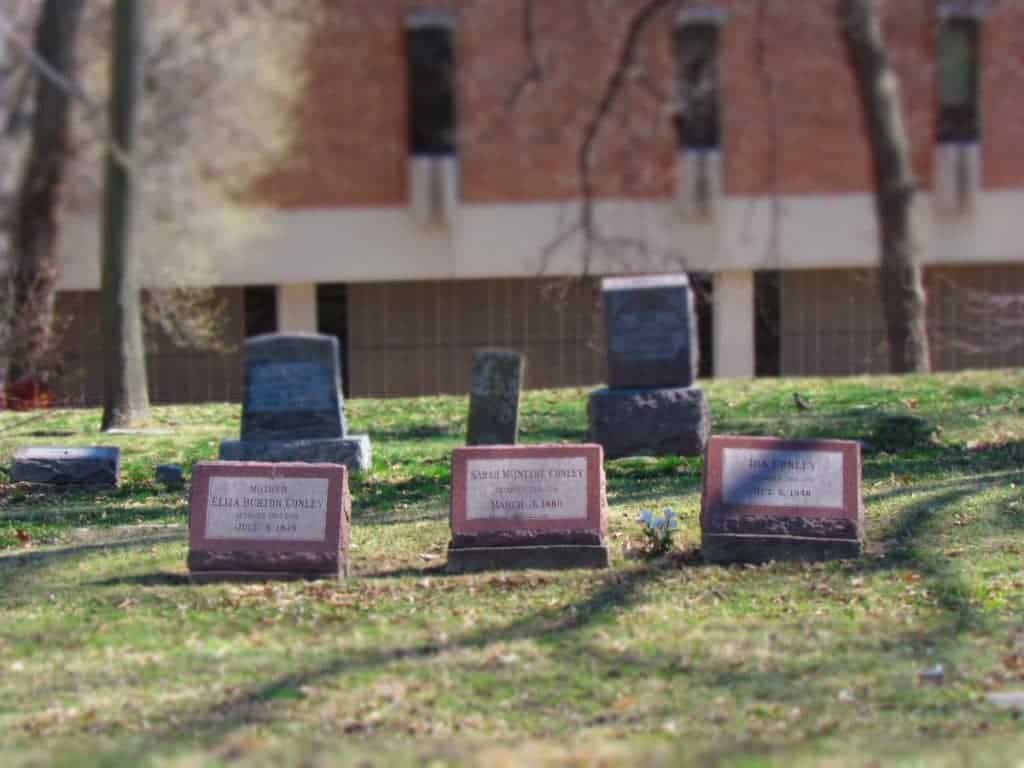
In 1843 members of the Wyandot tribe made their way toward Kansas, after having ceded their lands in the east to the government. While they were camped along the Missouri River, between 60 and 100 of them perished from what is believed to be typhoid. Their bodies were carried across the river and interred on a ridge overlooking the river bottom area, in what became Huron Cemetery. The Wyandot tribe purchased a total of 39 sections of land from the Delaware tribe. In 1844, another epidemic struck the Wyandot Indians, and over 100 more burials were performed in the cemetery. In the mid 1850’s, the tribe approved a sale of some of the land for the creation of the township of Quindaro. In 1855 tribal status was removed from the Wyandot when they agreed to accept communal land by household. The tribe members were declared citizens, and the tribal government was dissolved. Most of their lands were seized by the government, except for those deemed as burial grounds or communal property.
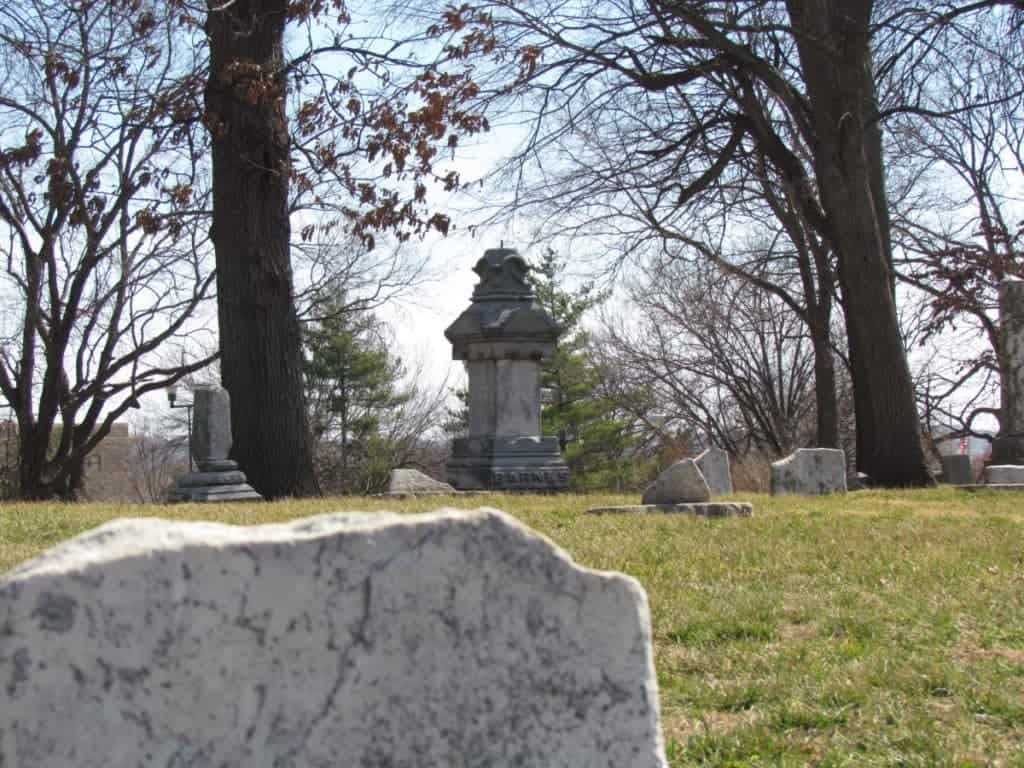
The majority of the Wyandot moved to Oklahoma in 1967, and maintained tribal and communal property. Over the years the Huron Indian Cemetery grounds have been the topic of many legal battles. Many were attempts to sell the grounds by the federally recognized Wyandot Nation of Oklahoma, for the purpose of commercial expansion. These plans were fought off by the much smaller Wyandot Nation of Kansas, which preferred to preserve the grounds. The Conley sisters, who erected a shack and resided in the cemetery in order to stifle these attempts, were three of the biggest opponents to the sale. Lyda Conley became the first Native American female attorney to be admitted to the bar of the U.S. Supreme Court, and fought the case there.
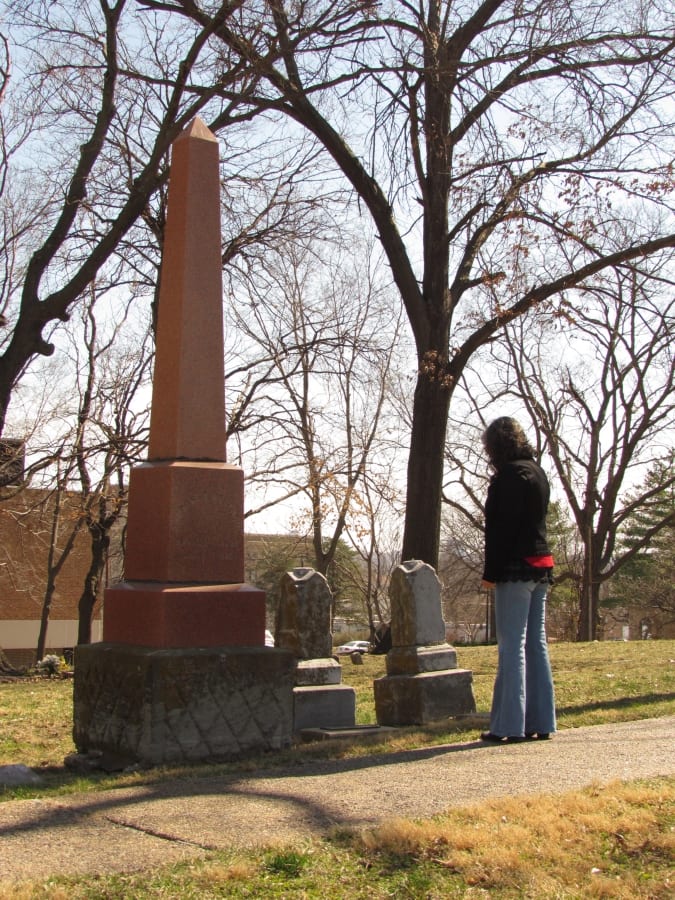
Kansas Senator Charles Curtis, a member of the Kaw tribe who would eventually become the Vice-president for Herbert Hoover, fought the battle in Congress. In 1916 legislation was passed that entered the federal government into a maintenance agreement with Kansas City, Kansas. While only a small number of graves are marked, many historians believe that there could be between 400 and 800 bodies buried within the grounds. The prolonged future of the sight became steadier after the Native American Graves Protection Act was passed in 1990. The cemetery was named as a National Historic Landmark in 2017. Today members of the Wyandot tribe still call Kansas City, Kansas home. The Huron Indian Cemetery is free to the public, and open from dawn to dusk daily.


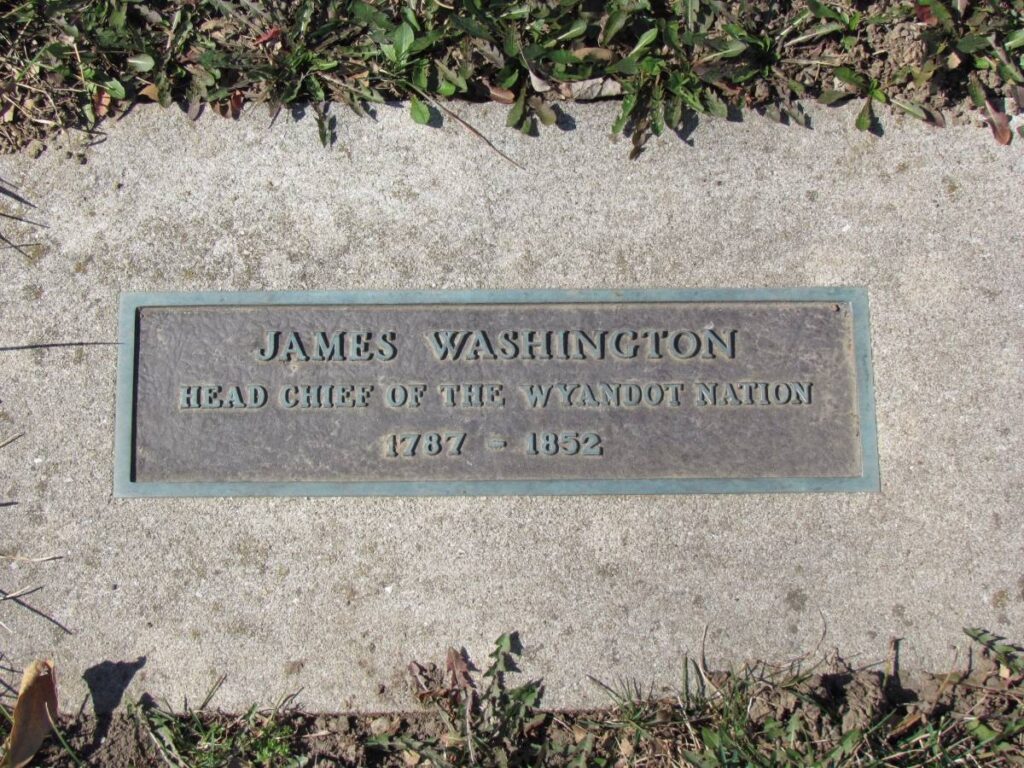
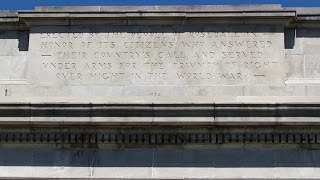
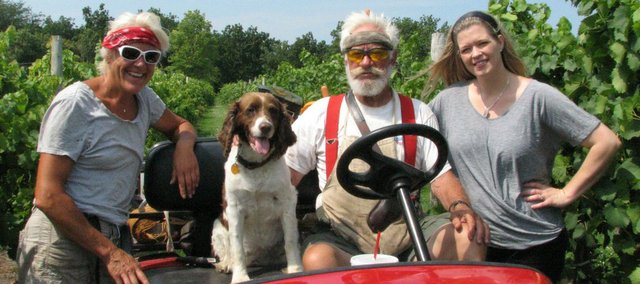

Thanks for sharing this post – it’s sad to hear of the struggles of Native Americans in their own land but I’m glad that the cemetery has been successfully preserved.
Thanks for your comment. It is an ongoing struggle throughout many regions.
I have never been to Kansas City but this cememtery looks cool and seems to be filled with a wealth of history, even though the city isn’t that old. So cool that you guys found this!
Perhaps some day you will have a chance to visit our corner of the world.
I believe my ancestor is buried there. Is there a list of those buried there? Marie Trail died in October or November of 1864. Her husband had been killed by Bloody Bill Anderson about 6 weeks before her death. Other relatives lived at White Church. Phillips was her maiden name. Thanks
I’m not sure if a list of all who are buried there exists. You may wish to check with a local historical society.
Sounds like an interesting place to visit to learn about the struggles of the native Americans. I like to learn about a countries history when visiting.
Most certainly. It’s always good to understand the struggles and victories of the country you visit.
Sounds like an interesting place. I haven’t been there. Its good to have an understanding of the past.
Agreed.
A good dose of history for the day. These are places that don’t catch attention. Thanks for writing a post on that.
You are welcome.
I like visiitng interesting places, one more added to my list. I am exciting to visit here.
Hope you get to visit our corner some day.
OMG! That’s such a sad history. May their soul rest in peace! Glad atleast today its a protected site!
It highlights the struggles made by many.
There is a list of all who are buried at the Huron Cemetery. Go to our website http://www.wyandot.org and look
Under Sacred Sites for Huron Place by William Connelly
(No relation to the Conley Sisters)
Judith Manthe
Chief of the Wyandot Nation of Kansas
Thank you for sharing this link.
I lived on Minnesota and on 5th st and when I was growing up I would walk thru there to and from school or when I went to library! I always loved it !
It’s a hidden gem in our downtown.
Definitely going to have to add this to my road trip list. I am glad the site has been protected, and definitely want to read some more.
It’s amazing the hidden gems that can be found.
Interesting read. How even cemeteries tend to arouse our interest. Though I read through your post that the government was interested in commercial expansion at this area, but not sure if that would be a good idea. Also, it seems like an interesting place to visit, so why not let it be at peace and let people visit this offbeat place.
Great sentiment. Let the buried rest.
My Greek grandfather John Xarhis was buried there, as well as his daughter Ester. Our family are Wyandot descendents. (Zane) When I lived there as a child our family would go on Memorial Day and put flowers on their graves, the Connolly sisters, and others. Thanks for posting this!
You are welcome. Thanks for sharing your family’s link to the site.
My brother and I hired on the General Motors Assembly plant on May 7, 1962 and lived for six months in the YMCA at 7th and Ann. I remember going to the cemetery but at a later date probably 1964 sometime! Actually I do not remember much. I think the Library was located on the north side because I spent a lot of time at the library. Bill Bolinger
The library is just East of the cemetery. They have an access from that end, as well, but it is currently in disrepair. We hope that the powers to be begin better funding the upkeep of this historic site.
If you haven’t done so, read a book named “Prairyerth” by William Least Heat Moon. It might inspire one of your adventures.
Thank you for the suggestion.
I grew up in the Kansas City Kansas area and knew of the Huron Indian Cemetery but never knew of the history of it. Thank you so much for posting this history and information. You have peaked my curiosity and now I must do more research to find out more about this cemetery. I have since moved to Iowa but on my next trip back to Kansas City I will make it a point to visit this historical site. Thank you again for your rersearch.
It is such a historic site.
Jeff & Crystal –
Thank you for your blog! I’m happy I found the ‘History Buffs’ site, which led me to yours. I will visit often.
We are so glad you found us. We hope you find lots of articles that you enjoy. Keep exploring!